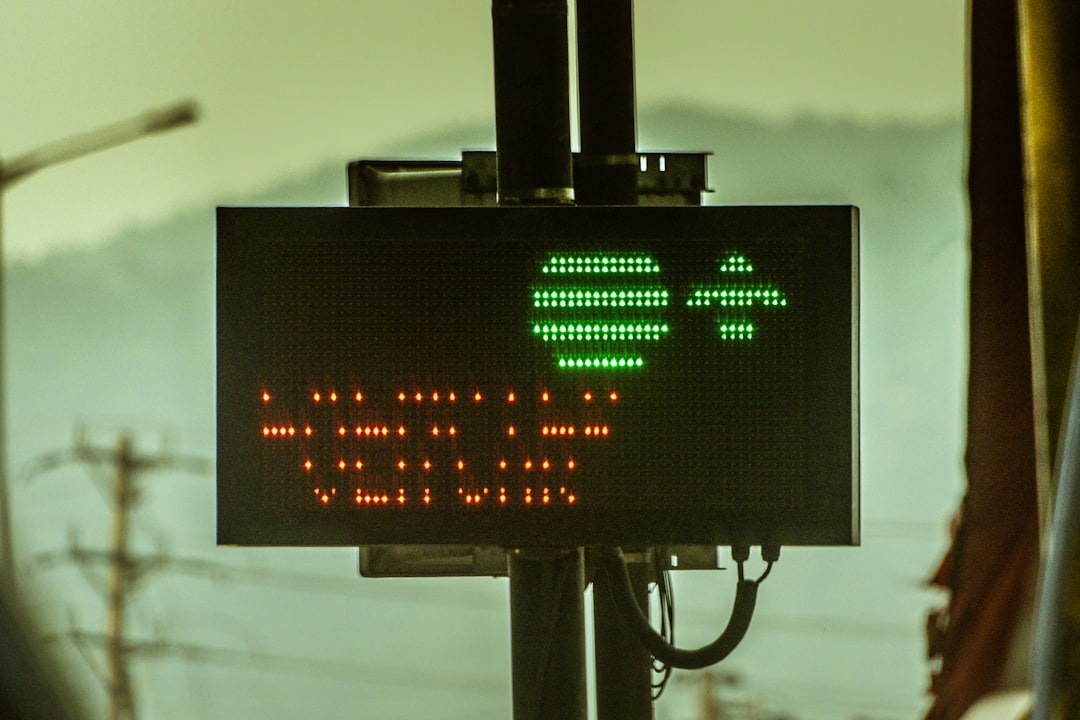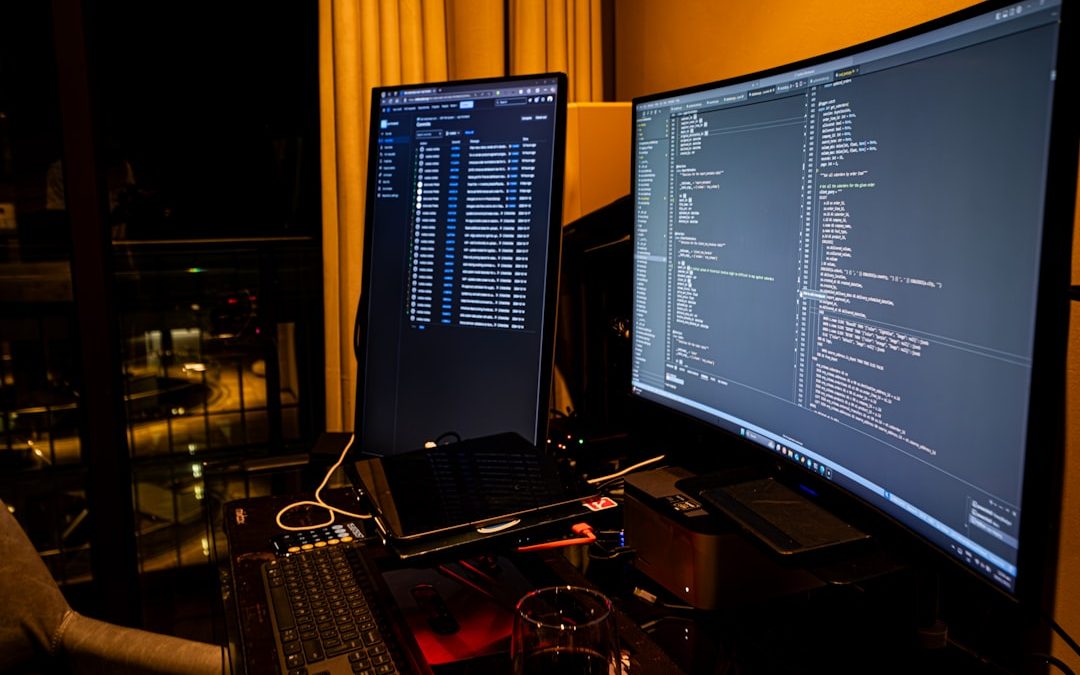Managing and customizing Windows images is a fundamental component of IT administration, and Microsoft provides the Deployment Image Servicing and Management (DISM) tool for this purpose. When operating in a lightweight environment such as Windows Preinstallation Environment (WinPE), understanding the correct execution of the mount/commit sequence and diagnosing errors through logs becomes crucial. DISM version 87, compatible with newer Windows builds, continues to offer robust methods for working with virtual hard disks (VHDs), FFU images, and WIM files. This article delves into the details of using DISM with WinPE, with a particular focus on the mount and commit sequence and how to effectively interpret error logs.
Understanding DISM and WinPE
DISM is a command-line tool used to mount and service Windows images before deployment. WinPE, on the other hand, is a minimal operational system used for installing, deploying, and repairing Windows installations. Together, they form an essential toolkit for system administrators to update, audit, and troubleshoot offline Windows images in a controlled environment.
WinPE provides a fast-booting platform ideal for disk imaging and network troubleshooting. It supports scripting and automation, which are essential for large-scale deployment tasks using DISM.
DISM Mount and Commit Sequence
The mount and commit sequence in DISM is critical for modifying Windows Imaging Format (WIM) or Virtual Hard Disk (VHD) files. Mounting an image allows the administrator to view and make changes to the file contents in an accessible directory. Once the necessary changes are made, the commit process writes those changes back to the image.
Key Steps in the Mount/Commit Sequence:
- Prepare the WinPE Environment: Boot into WinPE from a USB drive or a network PXE boot. Ensure DISM version 87 is available, typically included in newer Windows Assessment and Deployment Kits (ADK).
- Mount the Image: Use the DISM command to mount the image. For example:
dism /Mount-Wim /WimFile:E:\sources\install.wim /index:1 /MountDir:C:\mount - Customize the Image: After the mount, administrators can add drivers, enable features, or remove packages within the mount directory structure.
- Commit the Changes: Once done, commit the changes using:
dism /Commit-Wim /MountDir:C:\mount - Unmount the Image: To release the mounted directory, use:
dism /Unmount-Wim /MountDir:C:\mount /Commit

It’s essential to not skip the commit phase if you want to retain your modifications. Otherwise, any changes made during the mount session will be discarded if the image is unmounted without using the /Commit flag.
Best Practices for Using the Mount Directory
When working with the mount directory in WinPE, consistency and system integrity are paramount. Follow these tips for the best results:
- Ensure the mount directory is empty before using it to mount a new image.
- Always check write permissions to avoid failed attempts when committing changes.
- Avoid editing files in the mount folder manually; instead, use DISM or supported script automation.
- Verify disk space availability before operations; mounting and modifying images may require substantial temporary storage.
Interpreting DISM Error Logs
Even experienced administrators can encounter errors during the mount/commit process. Understanding how to read and analyze DISM error logs is essential for rapid troubleshooting. When an error occurs, DISM writes detailed output to log files, most notably the DISM.log and CBS.log files, found under the following locations:
- DISM.log: %windir%\Logs\DISM\dism.log
- CBS.log: %windir%\Logs\CBS\cbs.log

Common DISM Error Codes
- 0x800f081f – The source files could not be found: This usually indicates that DISM cannot locate the necessary installation files. Ensure that the source path provided is accessible and complete.
- 0xc1420113 – Unmount failed because the image is not mounted: This error occurs when an attempt to commit or unmount is made on an image that is not properly mounted. Verify the mount path.
- 0x80070002 – The system cannot find the file specified: Make sure the file path used in DISM commands exists and is not mistyped.
Always inspect the tail of the DISM.log file to pinpoint the exact error. Using the findstr command can expedite the process:
findstr /c:"[error]" dism.log
This command filters out the lines with “[error]” tags for quicker diagnostics.
Recovery Steps and Clean-Up
If a DISM session is interrupted unexpectedly or an error results in an image that won’t mount/unmount, the system may leave temporary or corrupted files in the mount directory. Recovery steps include:
- Use
dism /Cleanup-Wimto forcefully remove orphaned mount points. - Check that MountDir is not locked by another process, particularly antivirus or backup software.
- Manually delete unused or failed mount folders after verifying no image is tied to them using
dism /Get-MountedWimInfo.
Automation Considerations in WinPE with Scripting
In full-scale deployments, automating the DISM mount/commit process through batch or PowerShell scripting is common. Scripts allow repeated execution of image updates with reduced human error and consistent outcomes. Below is an example of an automation snippet in a batch file:
@echo off set WIMPATH=E:\sources\install.wim set MOUNTDIR=C:\mount dism /Mount-Wim /WimFile:%WIMPATH% /index:1 /MountDir:%MOUNTDIR% dism /Image:%MOUNTDIR% /Enable-Feature /FeatureName:NetFx3 dism /Unmount-Wim /MountDir:%MOUNTDIR% /Commit
Conclusion
Utilizing DISM version 87 within WinPE environments offers IT professionals powerful capabilities to modify, optimize, and repair Windows images. Adherence to the correct mount and commit sequence ensures changes are implemented correctly, and understanding the structure of error logs facilitates rapid resolution of issues. With careful planning, scripting, and monitoring, DISM becomes an invaluable tool in enterprise deployment workflows.
Frequently Asked Questions (FAQ)
- Q1: Can I use DISM in full Windows instead of WinPE?
Yes. DISM can be used in both full Windows and WinPE, but WinPE is often preferred for offline imaging tasks due to lower overhead and greater image accessibility. - Q2: What happens if I forget to use the /Commit option?
Any changes you made during the mount session will be lost. Using /Unmount without /Commit discards any image modifications. - Q3: How can I check which images are currently mounted?
Usedism /Get-MountedWimInfoto view all currently mounted WIM images with their mount directory paths. - Q4: I receive access denied errors while committing. What can I do?
Ensure WinPE has adequate permissions to write to the mount directory and that the target drive is not read-only or encrypted. - Q5: Is there a GUI alternative to DISM?
Several third-party tools offer user-friendly interfaces over DISM functionality, but for granular control and automation, the command-line version remains preferred by professionals.
By mastering DISM’s features and ensuring diligent logging and scripting practices, system administrators can streamline the deployment lifecycle, greatly reducing complexity and system downtimes.
yehiweb
Related posts
New Articles
The Polyglot Platform: Taking Your WordPress Site Global with AI Bud
The English-speaking web is saturated. For every keyword you try to rank for in the US or UK, there are…


